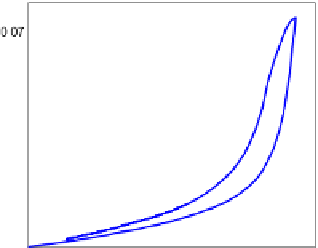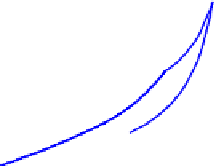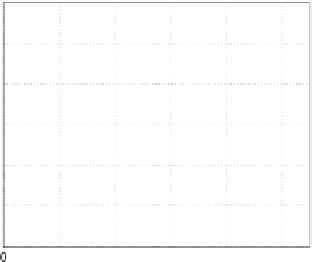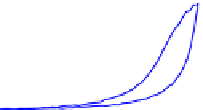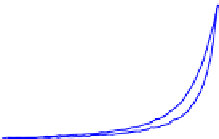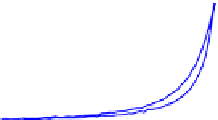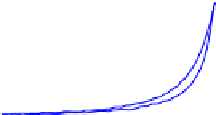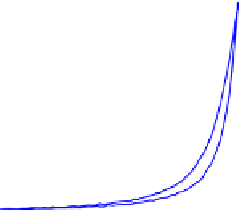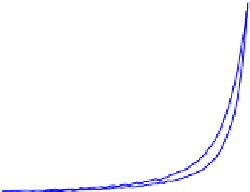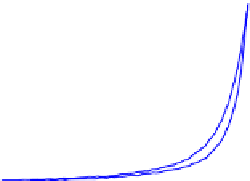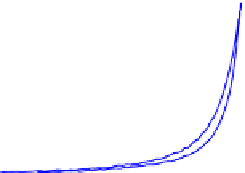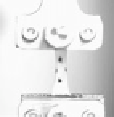Biomedical Engineering Reference
In-Depth Information
Fig. 10.7
Comparison of a simulated homogeneous cyclic tension test performed on one element
with the new material model to a uniaxial tensile test on a circumferentially oriented strip of a
sheep carotid artery. The experiment was performed on a tensile test bench (INSTRON 5567).
Cyclic loading at gradually increasing levels of elongation was applied at a crosshead speed of
1 mm/s. The tests were performed with continuous recording of tensile force, with a 1 kN load cell
and gauge length, based on crosshead displacement, at a sampling frequency of 10 Hz. Cycling up
to a certain strain level was performed five times before the next strain level was reached, for six
increasing levels of strain
value of these thresholds should be defined in close collaboration with surgeons and
biomedical researchers, experimentally assessing the level of damage due to loading
and defining which damage levels are still acceptable, taking into account long-term
effects of damage accumulation but also self healing. These critical damage levels
can then be correlated to the internal damage variables
d
. Once the damage variable
of a constituent has reached a certain level robotic loading should be stopped auto-
matically. Future research will therefore also be directed towards algorithm speed-
up, e.g., through parallelized implementation in the GPU with NVIDIA Compute
Unified Device Architecture.
References
Arruda EM, Boyce MC (1993) A three-dimensional constitutive model for the large stretch behav-
ior of rubber elastic materials. J Mech Phys Solids 41:389-412
Balzani D, Schröder J, Gross D (2006) Simulation of discontinuous damage incorporating residual
stresses in circumferentially overstretched atherosclerotic arteries. Acta Biomater 2:609-618
Balzani D, Schröder J, Gross D (2007) Numerical simulation of residual stresses in arterial walls.
Comput Mater Sci 39:117-123
Böl M, Abilez OJ, Assar AN, Zarins CK, Kuhl E (2012) In vitro/in silico characterization
of active and passive stresses in cardiac muscle. Int J Multiscale Comput Eng 10:171-188.
Callera GE, Varanda WA, Bendhack LM (2000) Impaired relaxation to acetylcholine in 2K-1C
hypertensive rat aortas involves changes in membrane hyperpolarization instead of an abnormal
contribution of endothelial factors. Gen Pharmacol 34:379-389
Famaey N, Sommer G, Vander Sloten J, Holzapfel GA (2012a) Arterial clamping: finite element
simulation and in vivo validation. J Mech Behav Biomed Mat 12:107-118











